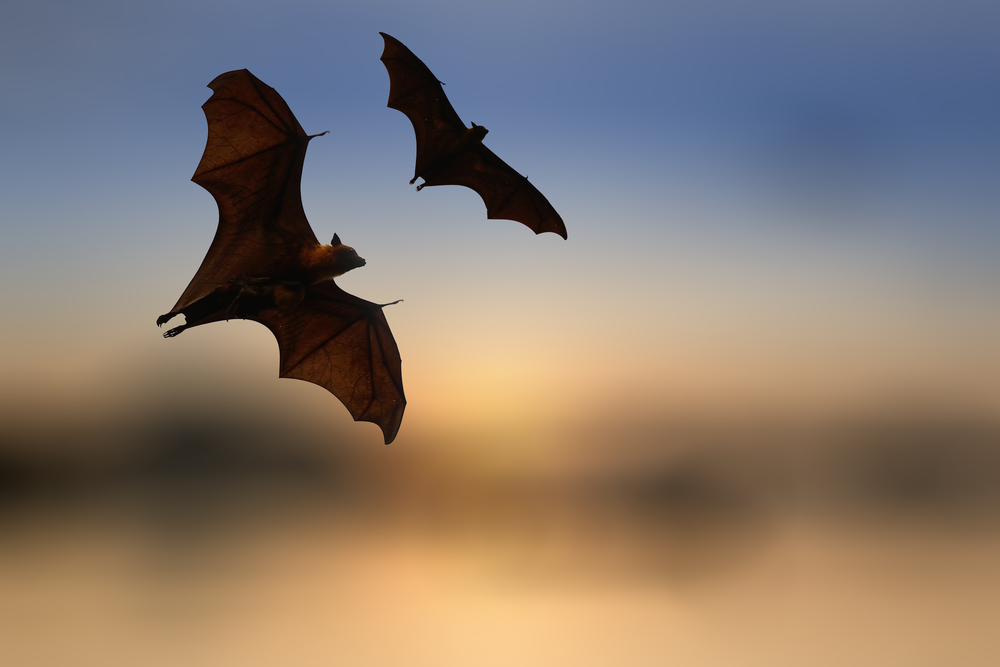The impact of light pollution on animals is extensively negative and a danger to their natural habits and food locating mechanisms. As it is practically impossible for us humans to function in light deficient areas, research modified LED lights so that while retaining visibility for humans, the lights will not interfere in the workings of nocturnal animals like bats. And hence, came forward the world’s first bat-friendly town.
This initiative changes the perspective of what we think as bright white LEDs to spooky red LED lights. These bat-friendly lights, though artificial, work differently than the traditional white lights and hence works in favor of nocturnal species in a few ways. The modified red light LEDs will prove to be beneficial for otherwise light-sensitive organisms like bats.
Research and the birth of the idea
Some time ago, Nieuwkoop began a housing project of 89 houses near a natural reserve, abundant in endangered and rare species. As the officials took special care to make the construction more environmentally friendly and lessen the impact of light pollution on the species of the area, they found that the particular area was also home to a few bat species. The bats of this area were particularly light-sensitive.
Hence, began the research. A senior scientist, Maurice Donners, working at Signify, told that red light is not quite brightly visible to the bat species. As the red light is not very conspicuous to the bats, light-sensitive bats can efficiently function in the area, without being impacted by the red-hued light if they see it at all.
Hence, the company tested the light mechanism first with white and green colors. It came to be known that certain species like Pipistrellus did not mind the impact of light pollution much and were equally well surviving in white, green, red light, and darkness. But others like Plecotus and Myotis shied away from white and green light but thrived excellently in red light and darkness.
Using the idea
Worcestershire County Council, when recognizing the light pollution impact, employed these bat-friendly lights to light up a previously unlit road. The highway is now known as the world’s first bat-friendly highway. It works similarly as wildlife crossing, or turtle tunnels will work to join the animals with their food sources. Doing this saves the terrible consequences that the bat population might have had to suffer upon installing white lights in the area.
Working of the idea
The world’s first bat-friendly town now looks like a place straight out of a horror movie. Maurice Donners explained that the brain perceives the red light as white light itself after getting adapted to the lights in a few minutes.
All the red lights of the world’s first bat-friendly town, Nieuwkoop, are managed with scheduled dimming, etc., like any other standard lights. Upon emergencies, the lights can be made more bright, and all houses can ask for a change in the light levels. These bat-friendly lights also attract very few bugs.
The whole project was specially designed to have a minimum carbon footprint and energy consumption.




